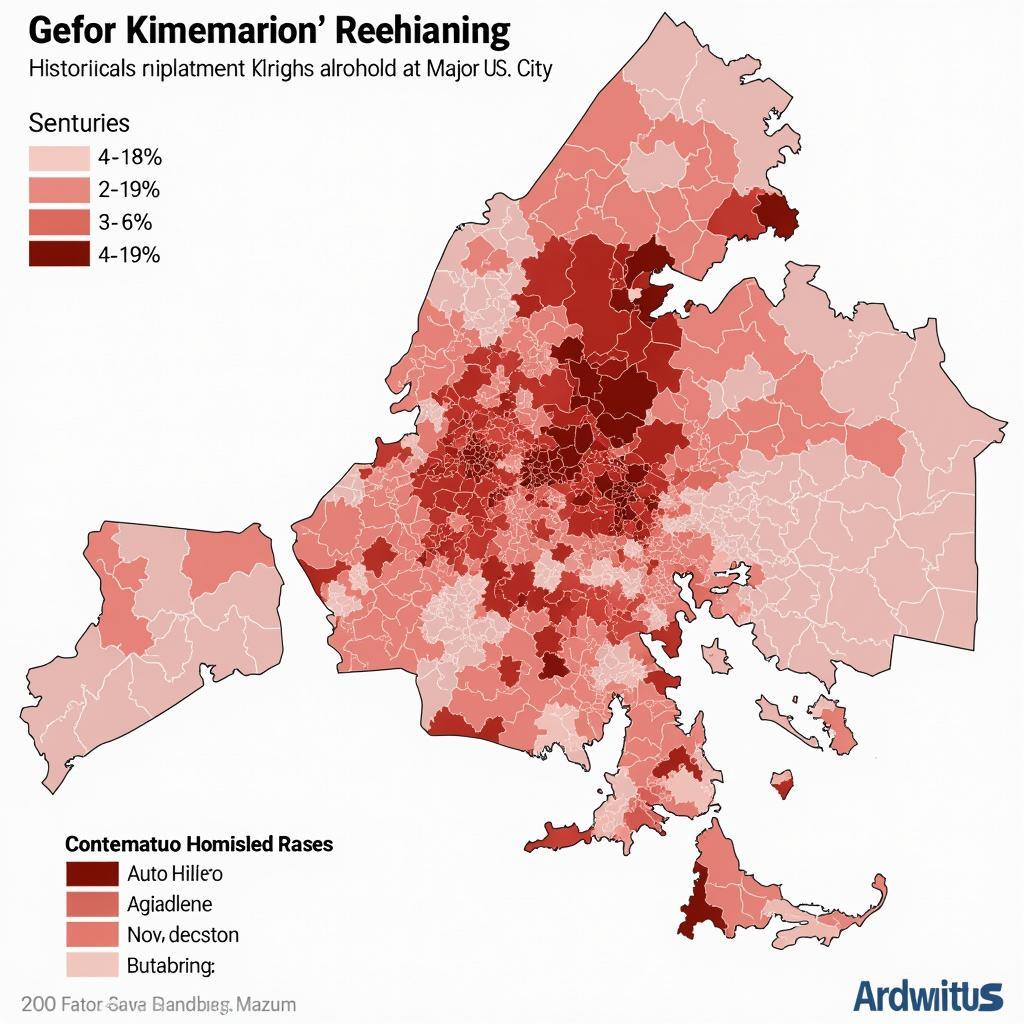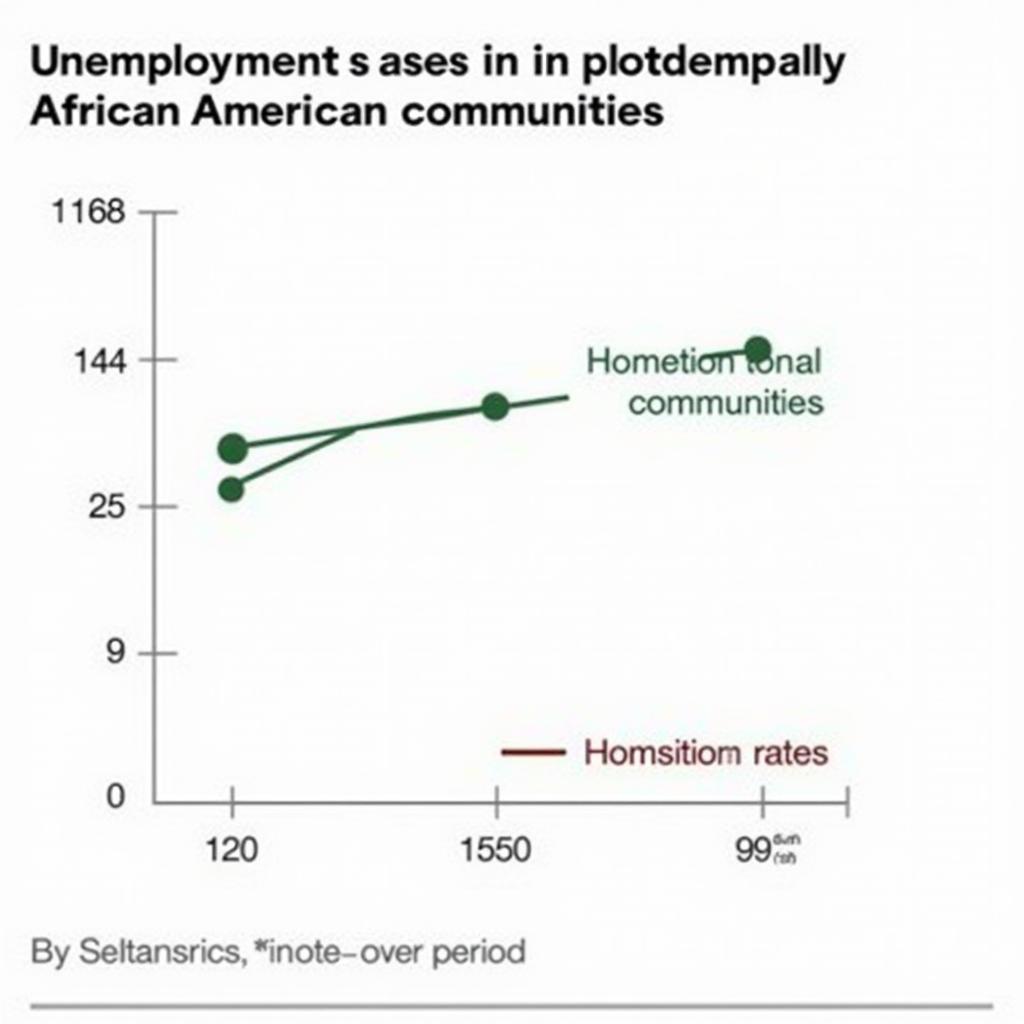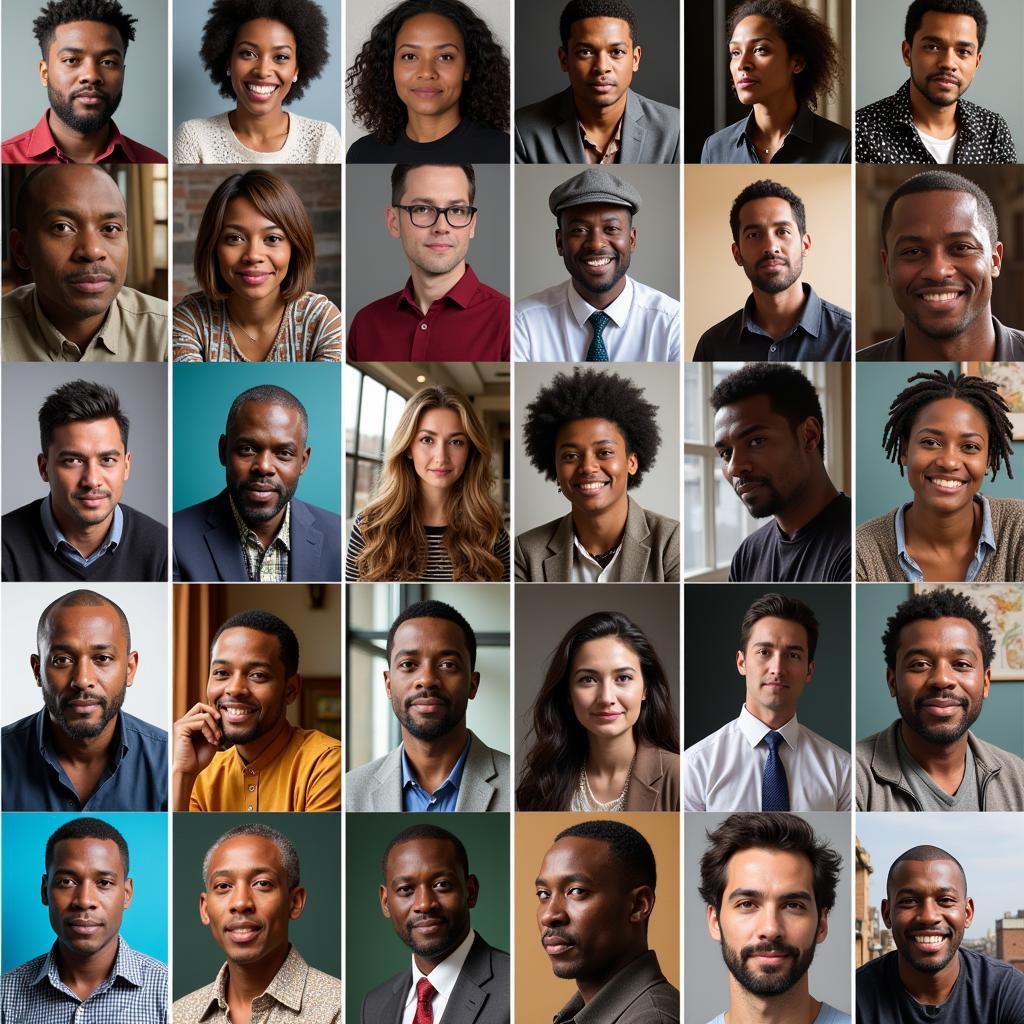Understanding the African American Homicide Rate
The African American Homicide Rate is a complex and multifaceted issue rooted in systemic inequalities. This article delves into the contributing factors, exploring the historical context, socioeconomic disparities, and the impact of systemic racism on this alarming statistic.
Historical Context and Systemic Racism: A Foundation of Disparity
The legacy of slavery and Jim Crow laws has created deep-seated inequalities that continue to impact African Americans today. These historical injustices have led to limited access to education, employment, and housing, creating concentrated poverty and contributing to a cycle of violence. Systemic racism within the criminal justice system, including racial profiling and discriminatory sentencing practices, further exacerbates the problem.
Discriminatory housing policies, known as redlining, historically confined African Americans to specific neighborhoods, often lacking resources and opportunities. This segregation fostered environments vulnerable to crime and violence, contributing to the disproportionately high homicide rate among African Americans.
 Historical Redlining Maps and Their Correlation with the African American Homicide Rate
Historical Redlining Maps and Their Correlation with the African American Homicide Rate
Socioeconomic Factors: Poverty, Unemployment, and Lack of Opportunity
Socioeconomic disparities play a significant role in the elevated African American homicide rate. High rates of poverty and unemployment limit access to essential resources like healthcare, education, and safe housing, creating environments where violence can thrive. Lack of economic opportunity can lead to feelings of hopelessness and desperation, increasing the likelihood of involvement in criminal activity.
The lack of access to quality education further perpetuates the cycle of poverty and limits opportunities for upward mobility. This can lead to increased frustration and a sense of marginalization, making individuals more susceptible to violence.
 Correlation between Unemployment Rates and African American Homicide Statistics
Correlation between Unemployment Rates and African American Homicide Statistics
The Role of Community Violence and Gangs
The presence of gangs and community violence contributes significantly to the African American homicide rate. Gangs often offer a sense of belonging and protection in communities lacking resources and support. However, this involvement can lead to increased violence and criminal activity.
Addressing the root causes of gang involvement, such as poverty, lack of opportunity, and systemic discrimination, is crucial to breaking the cycle of violence.
What are the main factors contributing to the high African American homicide rate?
The primary factors include historical and systemic racism, socioeconomic disparities, and the prevalence of community violence.
Addressing the Issue: A Multi-pronged Approach
Tackling the African American homicide rate requires a comprehensive approach that addresses the underlying issues. This includes investing in underserved communities, creating economic opportunities, reforming the criminal justice system, and promoting community-based solutions.
Investing in education, job training, and affordable housing can empower individuals and create pathways out of poverty. Reforming the criminal justice system to address racial biases and promote fairness is also essential.
 Community Programs and Initiatives Designed to Reduce Violence and Support At-Risk Youth
Community Programs and Initiatives Designed to Reduce Violence and Support At-Risk Youth
How can community programs help reduce the homicide rate?
Community programs can provide crucial support and resources to individuals and families, offering alternatives to violence and promoting positive change. They can offer mentorship, job training, and conflict resolution skills, creating safer and more supportive communities.
Conclusion
The African American homicide rate is a complex issue with deep historical roots and multifaceted contributing factors. Addressing this crisis requires a comprehensive strategy focused on dismantling systemic inequalities, investing in underserved communities, and promoting social justice. By working together, we can create a future where all communities are safe and have the opportunity to thrive.
FAQ
- What is the current trend in the African American homicide rate?
- How does the African American homicide rate compare to other demographics?
- What are some effective strategies for reducing community violence?
- How can individuals get involved in addressing this issue?
- What role does access to mental health services play in reducing violence?
- What are the long-term impacts of homicide on communities?
- How can we support families affected by homicide?
You might also be interested in reading about african american gangs in los angeles.
For further information on related topics, please explore other articles on our website.
When you need assistance, please contact us: Phone: +255768904061, Email: [email protected], or visit us at Mbarali DC Mawindi, Kangaga, Tanzania. We have a 24/7 customer service team.


